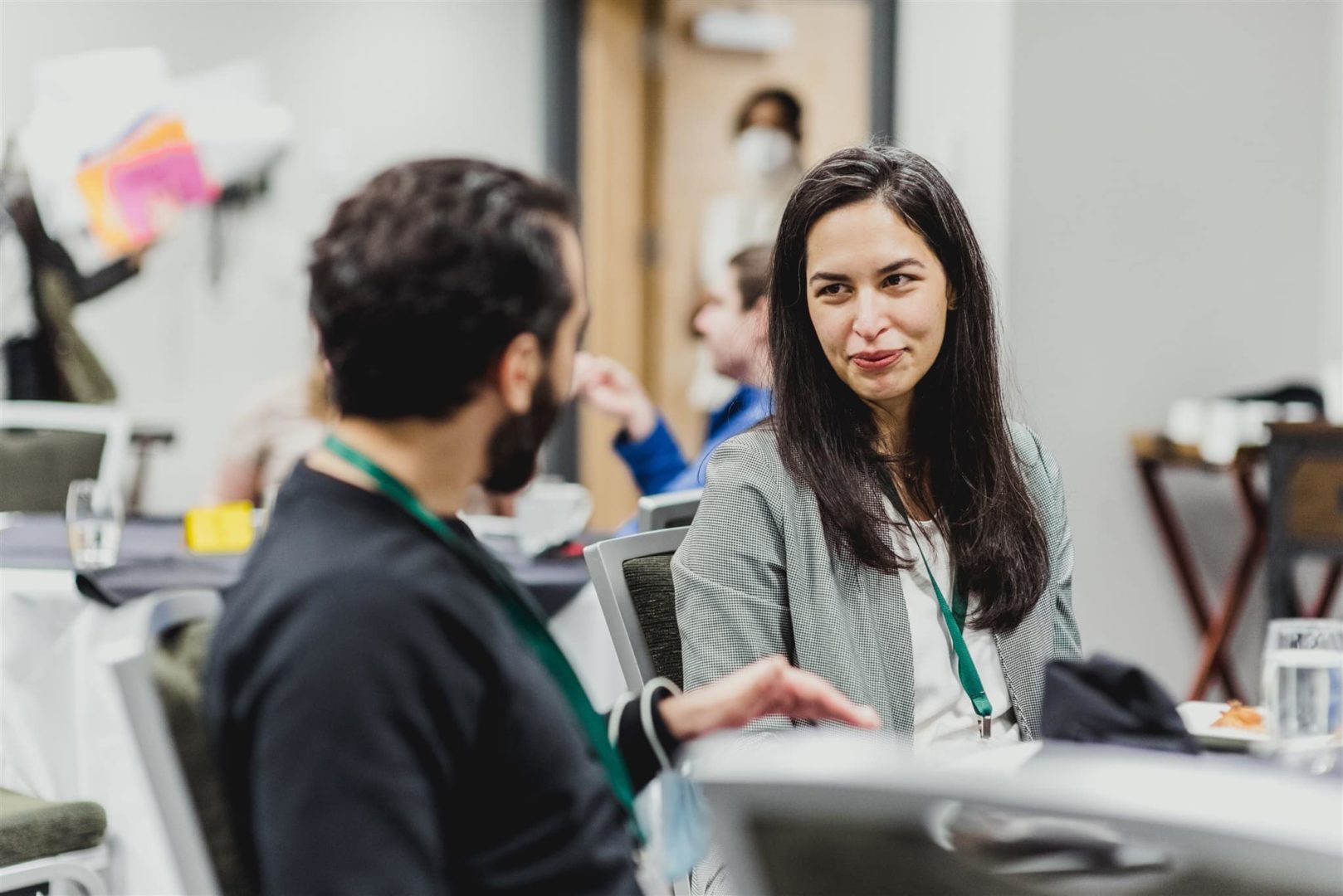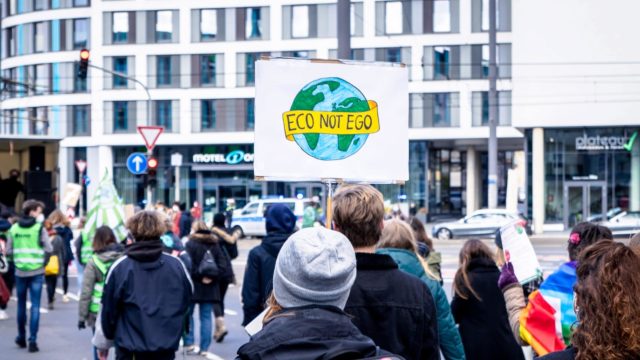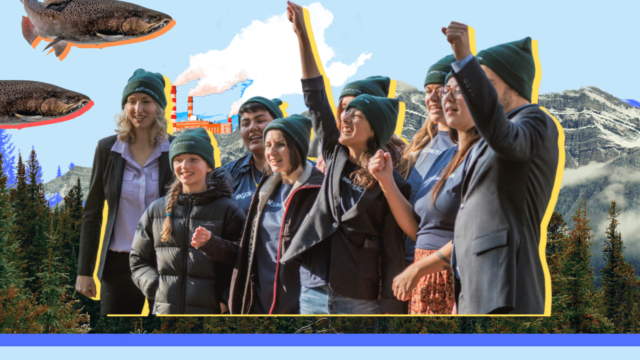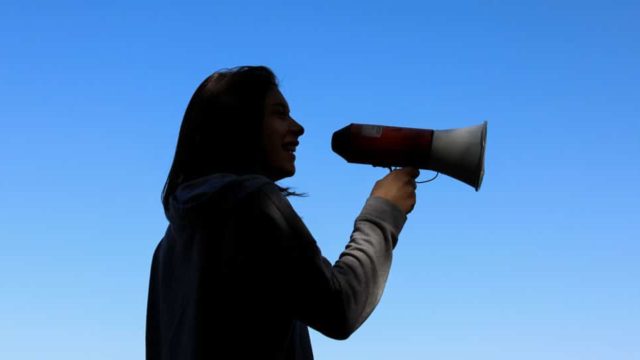Ecojustice’s mission is simple: We use the law to defend nature, combat climate change, and fight for a healthy environment for all. And while we would love to work ourselves out of a job, the reality is across Canada, countless potential environmental law cases crop up every year. There is simply more work than we can take on.
At any given time, we can have upwards of 60 cases active or in development. Going through the courts requires a lot of hard work, but it’s often necessary to ensure our communities, our health and the environment are protected by the full weight of the law.
We are strategic about the cases we take on because we know firsthand that litigation can be time-consuming, extraordinarily expensive, and demand an astounding number of resources. For example, we challenged Enbridge’s Northern Gateway pipeline project and, in partnership with a wide coalition of First Nations, environmental, and labour groups, persuaded the court to overturn the federal government’s approval of the controversial project. It took a decade to secure this major victory — and that’s just one case.
So how do we pick which cases to take on? Let’s break down the selection process.
Step 1) Decide which issues need our help most
To create real, lasting change, we choose cases that have the potential to set precedents. This allows us to redefine how environmental laws are applied and enforced in Canada.
Is this issue an environmental priority?
Criteria 1: It is or will become one of the most significant threats to the environment
Criteria 2: It presents one of the greatest opportunities for significant environmental protection or restoration (including addressing root causes)
Criteria 3: It is a prerequisite to succeeding on other environmental or legal priorities, and needs Ecojustice’s legal expertise now
Is this issue a legal priority?
Criteria 1: It is a root cause of why the law is not enabling significant public protection or restoration of the environment
Criteria 2: It presents an opportunity for enabling the law to address threats to significant environmental protection or restoration
How will this case help change the future?
There is no shortage of resources behind plundering the planet, and in any long-term battle, every move has to be strategic. What will the world look like if we’re successful in a case? Will it be easier to defend against future threats with the precedents we set today?
The questions we ask ourselves before proceeding on a case demand that we examine gaps in the law, and existing challenges to how and whether they are enforced. Our decision-making model is predicated on the idea that the tools we have to protect the environment ought to be used and expanded.
Step 2) Case development: Getting down to work
Once we’ve determined that an environmental issue warrants Ecojustice’s involvement, we begin the case development process. This typically involves gathering information, researching, and building the legal theory we will bring forward in the appropriate court. This is also where we start identifying the clients we will represent in the case. Thanks to the generosity of Ecojustice supporters, we represent every one of our clients free of charge.
A special alchemy of legal theory, fact pattern, clients, and timing make for the ideal case. As a result we can spend weeks, months, even sometimes years, developing a case before it launches — take our youth-led climate lawsuit for instance. Some of our legal victories end up going through multiple levels of court and appeal processes before being finalized, which a testament to the dedication of Ecojustice staff and the durability of the cases we build.
Step 3) Gut check
Once a case is developed, we review it to ensure we have the resources and organizational commitment to see the case through to the end. From more than thirty years of experience, we know that court cases can be long, arduous processes that demand a ton of financial and human resources. Luckily, some of Canada’s best and brightest environmental experts work at Ecojustice. And it’s thanks to the support of people like you that they get to do what they do.
The final test for proceeding on the case is approval by our board of directors. During case review, we have our common goals and the future of the planet in mind. Determining the long-term benefits or challenges presented by a case is not always easy, which is why we’re grateful we can count on the experts on our litigation committee for their advice and support.
Step 4) Launch!
Once a case has been developed and approved, it’s time to fire up the rest of the organization. While our legal team gets ready to file the case, our fundraisers get on the phone to secure gifts to support this work, our communicators start developing a strategy to get the word out to the world, and our operations team ensures we have the people in place to make all this happen.

Ecojustice lawyers, Margot Venton and Dyna Tuytel
What happens to the work that doesn’t get selected for litigation?
Despite our best efforts, limited resources and the lengthy nature of a legal challenge mean we cannot take on everything. Occasionally, circumstances change and we are eventually able to take on a case. As an environmental law charity, we do our best to take on as many cases as possible, keeping our lawyers and staff busy (and people and companies who threaten the environment on their toes.) In situations where we cannot take on a case, we put folks in touch with another environmental law organization we think can help, or refer them to other counsel.
What can I do to help?
Ecojustice functions because of the dedication and generosity of supporters and donors who believe in the work we do. We would not be where we are today without our supporters: Whether you’re a monthly donor, someone who signed an advocacy action, or a passionate social media follower helping spread the word about our work — thank you! Every one of your contributions helps us build the case for a better earth.





